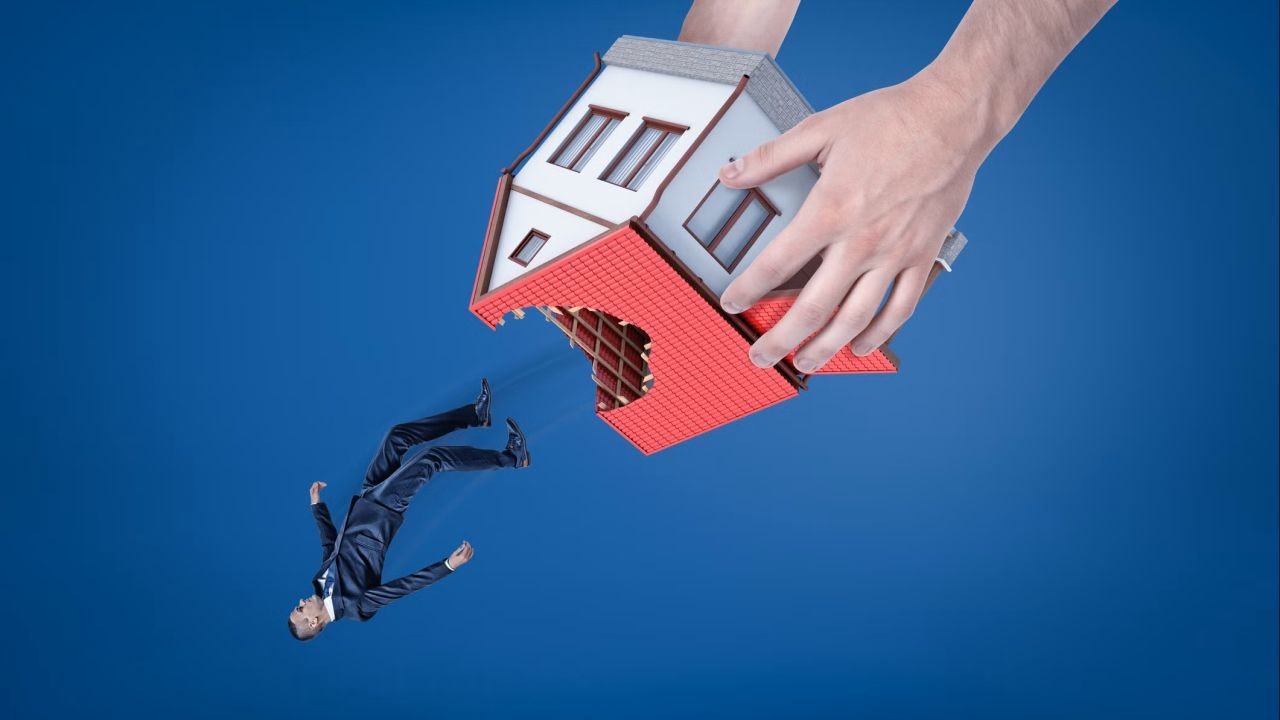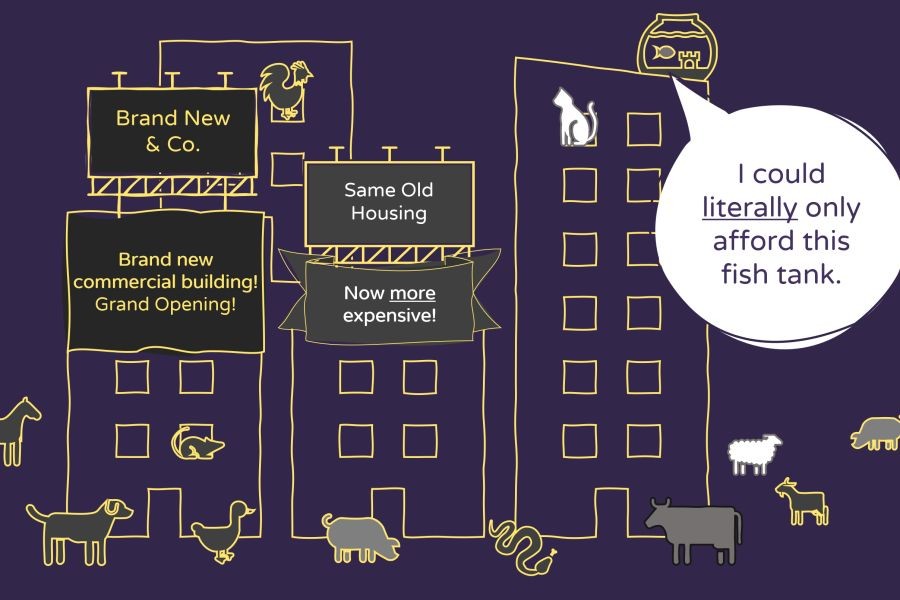In recent years, New Zealand has experienced significant population growth, driven by increased immigration and natural population expansion. This rise in population has put immense pressure on the country's transport infrastructure, highlighting a critical gap in New Zealand’s ability to keep pace with these demographic changes. This discussion delves into why the current transport solutions are lagging and examines potential strategies to bridge this gap.
Understanding New Zealand's Population Growth and Its Impact
Between 2013 and 2023, New Zealand's population grew by approximately 15%, reaching nearly 5.1 million people (Stats NZ). This growth has been concentrated in urban centers like Auckland, Wellington, and Christchurch, leading to increased congestion and overburdened public transport systems. The rising population density has made the need for efficient, scalable transport solutions more pressing than ever before.
Current State of Transport Infrastructure
New Zealand’s existing transport infrastructure, including roads, rail, and public transit, was primarily designed for a smaller population. The road networks in major cities are often clogged during peak hours, with Auckland experiencing some of the worst traffic congestion. Public transport, while available, struggles with limited coverage and frequency, particularly in suburban and rural areas.
Case Study: Auckland's Transport Challenges
Problem: Auckland, New Zealand’s largest city, has faced significant transport challenges due to rapid population growth. The city’s road networks are frequently congested, leading to long commute times and increased pollution.
Action: To address these issues, Auckland Transport has implemented the City Rail Link project, a significant infrastructure development aimed at doubling the city’s rail capacity.
Result: Expected to be completed by 2024, this project promises to reduce travel times by up to 30% and significantly increase the number of trains running during peak hours.
Takeaway: Auckland’s approach highlights the importance of investing in rail infrastructure to alleviate road congestion and create a more sustainable transport network. Other cities in New Zealand might consider similar investments to address their unique challenges.
Barriers to Effective Transport Solutions
Funding Constraints
One of the major hurdles in developing and maintaining transport infrastructure is funding. New Zealand’s government has limited resources, and transport projects often compete with other essential services for budget allocations. The cost of large-scale infrastructure projects can be prohibitive, leading to delays and compromises in project scope and quality.
Geographical Challenges
New Zealand’s unique geography, with its mountainous terrain and dispersed population centers, presents significant challenges for transport infrastructure development. Building roads and railways in such environments is not only costly but also requires innovative engineering solutions to overcome natural obstacles.
Policy and Bureaucratic Hurdles
Transport projects in New Zealand are often subject to complex regulatory and approval processes. Navigating these bureaucratic hurdles can delay project execution and increase costs. Streamlining these processes could accelerate project timelines and improve infrastructure outcomes.
Data-Driven Insights from Global Comparisons
While New Zealand faces unique challenges, global examples offer valuable insights. For instance, Singapore, a city-state with limited land, has successfully implemented an efficient public transport system through strategic planning and investment in technology. By integrating smart technology and prioritizing public transport, Singapore has managed to maintain a high standard of mobility despite its population density.
Application to New Zealand: Adopting smart technology and prioritizing public transport solutions can improve efficiency and accessibility. The integration of digital ticketing, real-time tracking, and data analytics could optimize New Zealand’s transport systems to better handle population growth.
Pros vs. Cons of Potential Transport Solutions
New Zealand's transport challenges require a comprehensive approach that balances the advantages and disadvantages of various solutions.
Pros:
- Public Transport Investment: Reduces road congestion and promotes sustainable travel.
- Smart Technology Integration: Enhances efficiency and user experience through real-time updates and data insights.
- Infrastructure Expansion: Supports economic growth by improving connectivity and reducing travel times.
Cons:
- High Initial Costs: Significant investment required for infrastructure development and technology integration.
- Long Project Timelines: Infrastructure projects can take years to complete, delaying benefits.
- Regulatory Challenges: Complex approval processes can hinder progress and increase costs.
Debunking Common Myths About Transport Solutions
Myth: Investing in roads is the best way to reduce congestion.
Reality: Studies show that expanding road networks often leads to increased traffic volumes, a phenomenon known as induced demand. A balanced approach that includes public transport investment is more effective in managing congestion.
Myth: Public transport is only feasible in large cities.
Reality: Smaller cities and towns can benefit from tailored public transport solutions, such as shuttle services and on-demand transit, to improve accessibility and reduce car dependency.
Myth: Technology is too expensive to implement at scale.
Reality: While initial costs can be high, technology often leads to long-term cost savings through improved efficiency and reduced operational expenses.
Future Trends and Predictions
Looking ahead, New Zealand's transport landscape is poised for transformation. By 2030, it is predicted that electric and autonomous vehicles will play a significant role in urban transport, reducing emissions and improving traffic flow (Source: NZ Transport Agency). Additionally, increased investment in cycling infrastructure and pedestrian-friendly urban design will promote healthier, more sustainable cities.
Conclusion: Bridging the Gap
New Zealand's transport solutions have struggled to keep pace with its growing population. However, by learning from global examples, embracing technology, and investing in sustainable infrastructure, New Zealand can create a transport system that supports its future growth. It is crucial for policymakers, industry leaders, and the community to collaborate on innovative strategies that address current challenges and anticipate future needs.
What do you think? How should New Zealand prioritize its transport investments for the future? Share your thoughts below!
References
- Stats NZ: Population Growth Data
- NZ Transport Agency: Future Transport Predictions
Related Search Queries
- New Zealand population growth impact on infrastructure
- Auckland transport solutions for congestion
- Public transport investment strategies NZ
- Smart technology in New Zealand transport systems
- Future of electric vehicles in New Zealand


























CathyClear
8 months ago